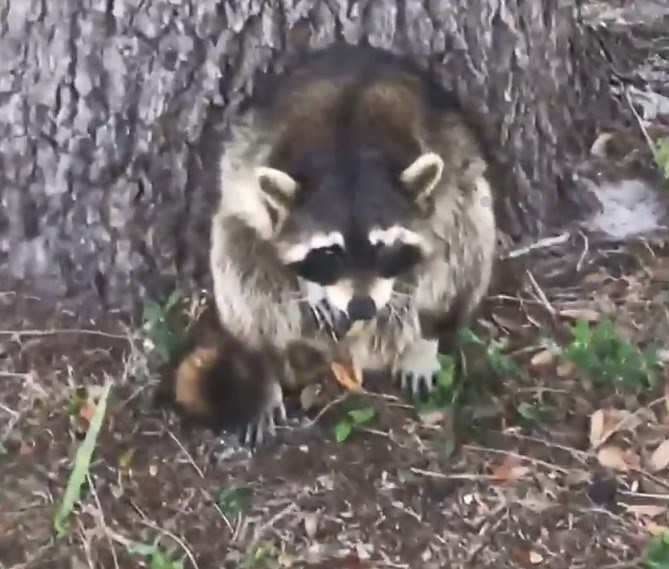The second leading cause of death of raccoons is distemper (the number one is human intervention). Raccoons are susceptible to infection by both canine and feline distemper which causes the illness and death by two completely different viruses. Canine distemper is common when raccoon populations are large. The virus is widespread and mortality in juveniles is higher than in adults. Feline distemper (cat fever) is an acute, highly infectious viral disease. Canine distemper in raccoons starts slowly, with respiratory infections then they develop pneumonia. In the final stage of the disease, the raccoon may begin to wander aimlessly in a circle with bizarre behaviour as a result of brain damage. Many of these symptoms are similar to rabies - which can only be determined by laboratory testing. There is no treatment for distemper and vaccination is the only prevention. Raccoon rabies is a strain of rabies carried mainly by raccoons which can spread to pets and people. An infected raccoon will show signs of aggression, lethargy (slow, disoriented or confused), unaware of noises, loss of leg function due to paralysis, and have trouble drinking, swallowing, or chewing. There is no treatment for animals infected with rabies - only death.


